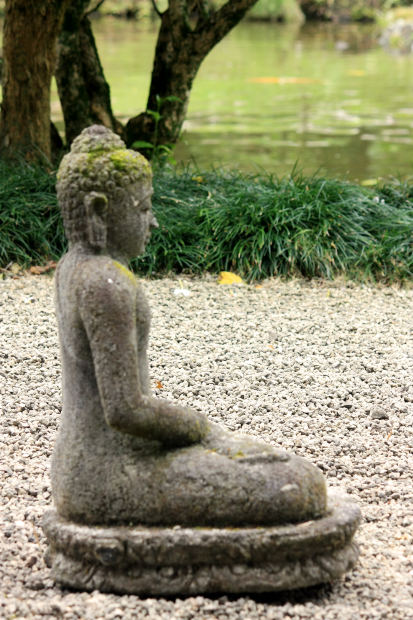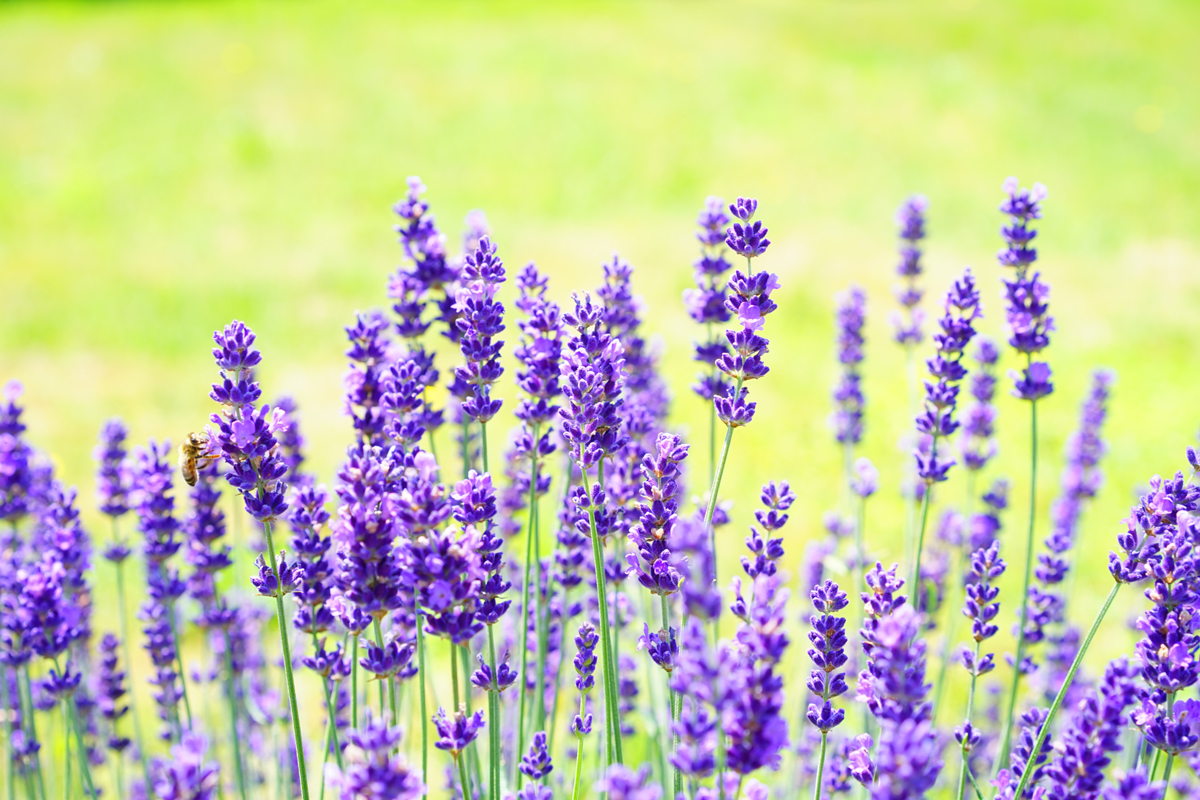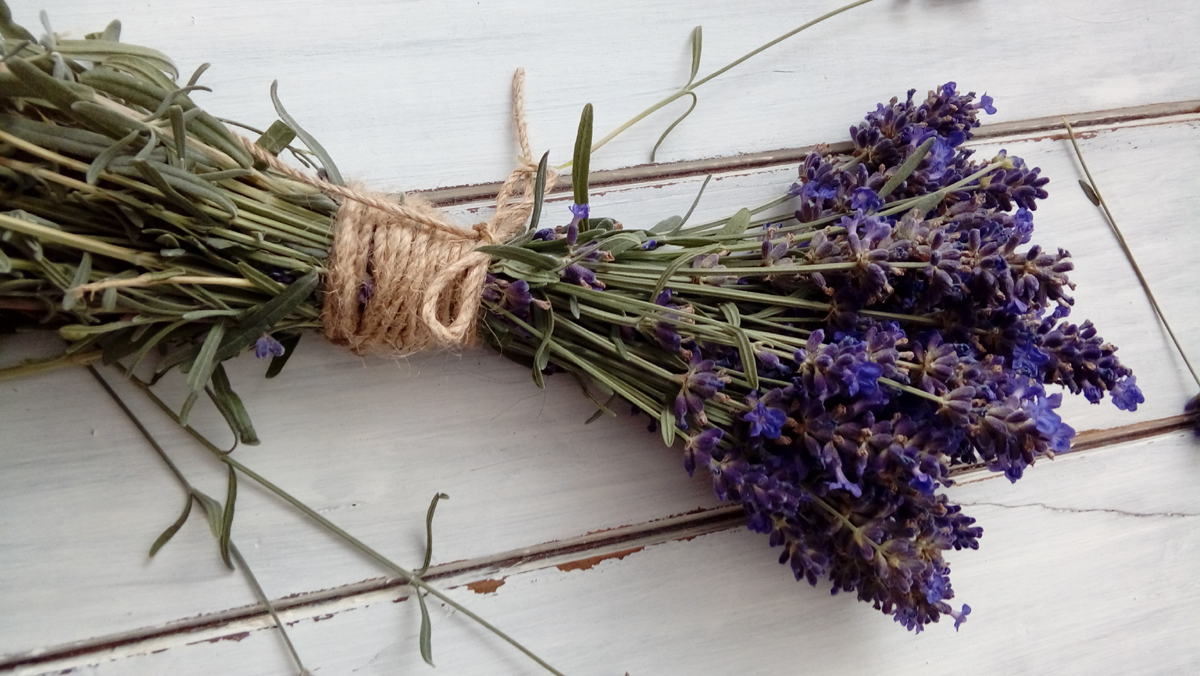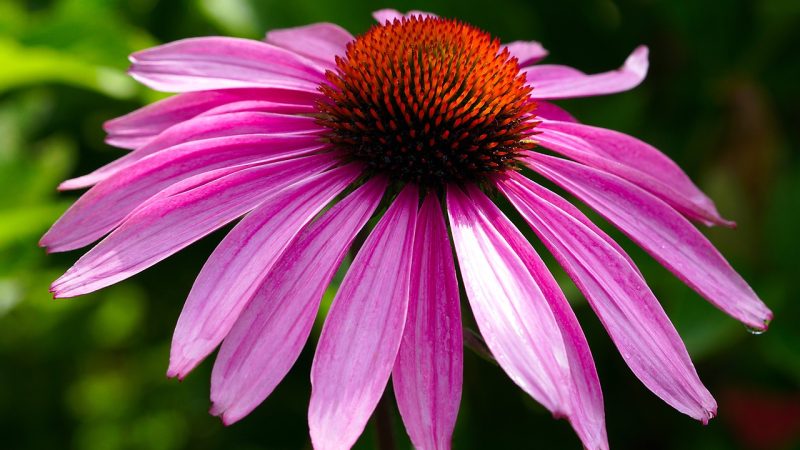Medicine Wheel Garden – Tips For Creating Sacred Space in Your Own Backyard

The Circle – lacking a beginning or end, represents infinity, perfection and the eternal. Often a symbol in our lives and our various cultures, the circle is articulated in many symbolic ways:
- The universal symbol of the wedding band as a sacred link of protection and unity.
- Hindus represent the great Wheel of Existence within a circle.
- The Yin Yang symbol in eastern philosophies is based on the interconnectedness of the balance of energies represented within a circle.
- Tibetan Buddhism represents many of its paths to enlightenment within the symbolic artistry of mandalas represented as artwork and in the form of sand paintings.
- Ancient Labyrinths were based on the circle with the center representing the Universe, or the “Creator-God” that the culture revered, with the paths leading towards the center representing a form of pilgrimage to God (Christian Labyrinths).
- Native American culture was mindful of the sacred hoop and circle as explaining their relationship with the cosmos and the Creator.
For Native Americans and tribes of Lower Canada, the circle of the Universe provided the sacred model for all human activities. All of life was given ritual meaning by incorporating the circle into everyday tasks and behavior. Gatherings for ceremonies, eating, dancing and their living quarters in the form of a tipi (Plains Indians) were circular.
Native Americans believed the circle to be a symbol for not just a representation of the cosmos, but to represent the cycles of growth, death, and rebirth in the suns and moon’s rising and setting, the planting and harvesting of the crops, and the birth and death of each individual.
Thus, the medicine wheel became a tool to focus the honoring and celebration of the cycles of nature through ritual, song, dance, and the making of offerings.
Native American culture was imbued with ceremony in all aspects of life. The ordinary acts of daily living were in some ways, performed in a ritualized fashion, to honor the cycles of nature.
Everyday living became a sacred act as each inhabitant of Mother Earth cherished that which it was provided by plentiful food, crops, water and co-existence with Nature.
Their connection to the Earth was that of a human being having a spiritual experience with the Earth itself and therefore, everywhere they walked, ate and slept, became sacred space for which they developed ceremonies and ritual to honor and respect.
The sacred circle was used as a stylized template to illustrate the cosmos and how various components were interrelated including the four cardinal directions and the corresponding elements. Animal totems serve as guardians for each of the four directions.
Since the ancient medicine wheels left no clear purpose of their use, archaeologists and historians have speculated widely as to the ritualistic and ceremonial use of medicine wheels, especially the designated locations of the animal totems.
This illuminating guide to the Native American ritual of the Medicine Wheel makes an ancient spiritual practice available to everyone.
Roy Wilson, Cowlitz Chief and Spiritual Leader in Washington, combines Sun Bear’s Zodiac system (outer circle) and his own vision:
The Four Pathways are used to experience the God within. It is important to note that all Pathways go through the Creator, which includes the Creator in the center, surrounded by seven Spirit Messengers: Cougar, Hawk, Coyote, Wolf, Bear, Raven, and Owl; the four Gatekeepers: Buffalo in the East, Bear in the South; Eagle in the West; and Cougar in the North; the twelve Spirit Helpers: Turkey, Turtle, and Owl on the East Pathway; Beaver, Ant, and Squirrel on the South Pathway; Butterfly, Bat, and Grouse on the West Pathway; and, Hawk, Goose, and Wolf on the North Pathway.”
In the Medicine Wheel of the Hopi prophecy of the four peoples of the Earth, the cardinal direction North represents the body, plants and animals, the color white and ‘white skinned peoples, and Childhood. The East was held to represent the mind, air, the color yellow and ‘yellow skinned peoples’, and Adolescence. The South holds the heart, fire, the color red and ‘red skinned’ people, and Adulthood. Finally West holds the spirit, water, the color blue or black, and ‘black-skinned peoples’, and Elder hood.
West also represents the final life stage in the wheel, being an elder and passing on knowledge to the next generation so that the wheel may start again just like the circle it takes after.
The circle with its four directions, corresponding to four elements of nature and the Four Original Tribes were all given by the Creator to all peoples originating from the four different directions.
Each culture developed their own rituals and methods for representing the circle as an expression of how they viewed their relationship with the Universe. They used Medicine Wheels, Mandalas, Sacred Circle Teachings, Labyrinths, stone megaliths, etc. to learn about and express their relationship and connect them with the cosmos or their Creator.
Gardening relates to this concept of the sacred circle beyond the physical shape. The circle represents a cycle of life. Just as the directions correspond with birth, adolescence, adulthood and death, plants and flowers experience the same cycle.
From the seeds come germination, then growth, blooming/flowering, seed development and eventually plant mortality. Of course, some plants live very long lives, but the cycle of nature is seen more apparent in annual flowers which last only a season.
The Medicine Wheel can be adapted for garden use without all the traditional and sacred ritual and ceremony. To call your garden a “Medicine Wheel Garden” implies you are adhering to sacred traditions. Doing so can only make the process of design and utilization much more complicated.
A garden that is designed with a strong circular shape so that the cardinal directions can be honored, so that animal totems in the form of stones or boulders resembling animals can be used and that has four basic spokes intersecting through the center to reinforce movement of the spirit of that which you are embodying can serve to create a unique, personal sacred garden space.
Customizing it to fit your needs and belief systems will make it sacred. Sharing the vision of the sacred form of the circle and incorporating the four quadrants will form the basic structure upon which you can add other elements that make it powerful.
So I am suggesting that we try not to emulate or recreate traditional medicine wheels and call them so, but rather, take the Universal Sacred Form of the circle and embellish it with meaning using the earth, the elements of nature and other symbols to design a sacred spot.
This can be done by accessorizing your sacred circle by using such items as crystals, feathers, flowers, spheres, garden art, etc. Further, you can design a sacred circle so that it fits the space of your garden, thus you don’t have to walk through it or across it, violating its sacredness. You create the rules!
The Author:
John Stuart Leslie is creator and founder of My Sacred Garden.








